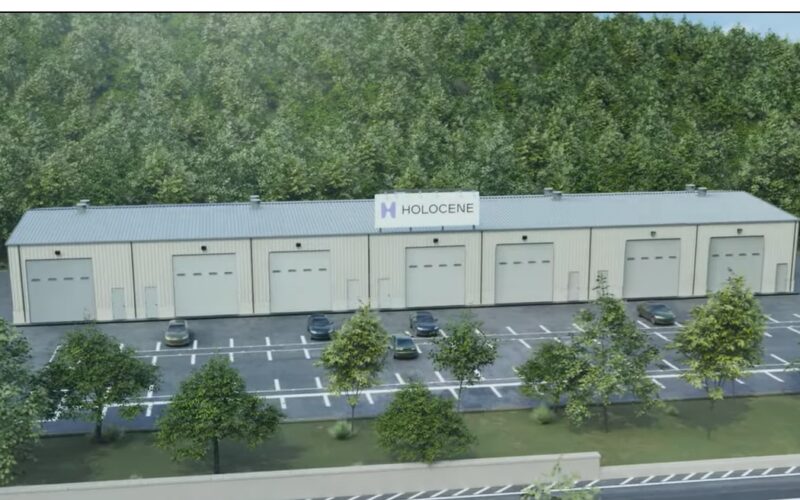Google has announced a new agreement to purchase carbon removal credits from direct air capture (DAC) provider Holocene, setting a record-low price for the technology at $100 per ton, with delivery expected by the early 2030s. The partnership marks a significant step toward advancing DAC as a key tool in combating climate change.
As part of its broader commitment to decarbonise its global operations and achieve net zero emissions, Google views carbon removal technologies as essential to its climate goals. “Partnering with Holocene to reach this milestone price is a meaningful step toward advancing the viability of DAC in the fight against climate change,” a Google official said.
DAC works by using chemical or physical processes to extract carbon dioxide (CO2) directly from the atmosphere, which is then stored underground or repurposed in products. Experts estimate that billions of tons of CO2 must be removed annually by 2050 to halt climate change, making DAC a potential cornerstone of the solution. However, the technology faces challenges with commercial viability due to high costs—most DAC projects currently charge hundreds of dollars per ton for carbon removal.
The collaboration between Google and Holocene aims to address these cost barriers. Holocene, an early-stage DAC company, employs an innovative system that blends liquid and solid-based technologies to significantly lower costs. The agreement also benefits from the US government’s 45Q tax credit, which provides a $180-per-ton incentive for carbon removal projects. Combined with Google’s upfront financial support and commitment to purchase credits from Holocene’s future facilities, this structure allowed for a record-low price of $100 per ton.
Holocene’s DAC process uses amino acids and organic compounds to capture CO2 from the air. The CO2 is then concentrated and heated at low temperatures, resulting in a pure stream that can be safely stored. This low-energy process allows Holocene to leverage waste heat and widely available industrial equipment, reducing energy and capital costs.
Under this deal, Holocene will capture and store 100,000 tons of CO2 by the early 2030s—equivalent to the emissions from around 20,000 gas-powered vehicles in a year. While this volume is modest compared to the billions of tons needed annually, it represents a major step forward in scaling DAC technology.
Google hopes this partnership will inspire further investments in carbon removal technologies and demonstrate that affordable, large-scale DAC is possible. “Achieving this lower cost is a first step toward giving the carbon removal market the confidence to aim for the millions, and eventually billions, of tons per year that we need,” Google said.





















